
How an object can connect us and makes us feel less alone abroad.
‘A longing for Home’ is a photo essay by Shaima Ayoub putting the spotlight on the community of VCUarts Qatar. In celebration of the opening of the Mohamad Hafez solo exhibition, she has documented objects that have a cumulative power of home nostalgia among our community.
Special thanks to Charlotte Cotton, Artistic Director at Tasweer Photo Festival Qatar
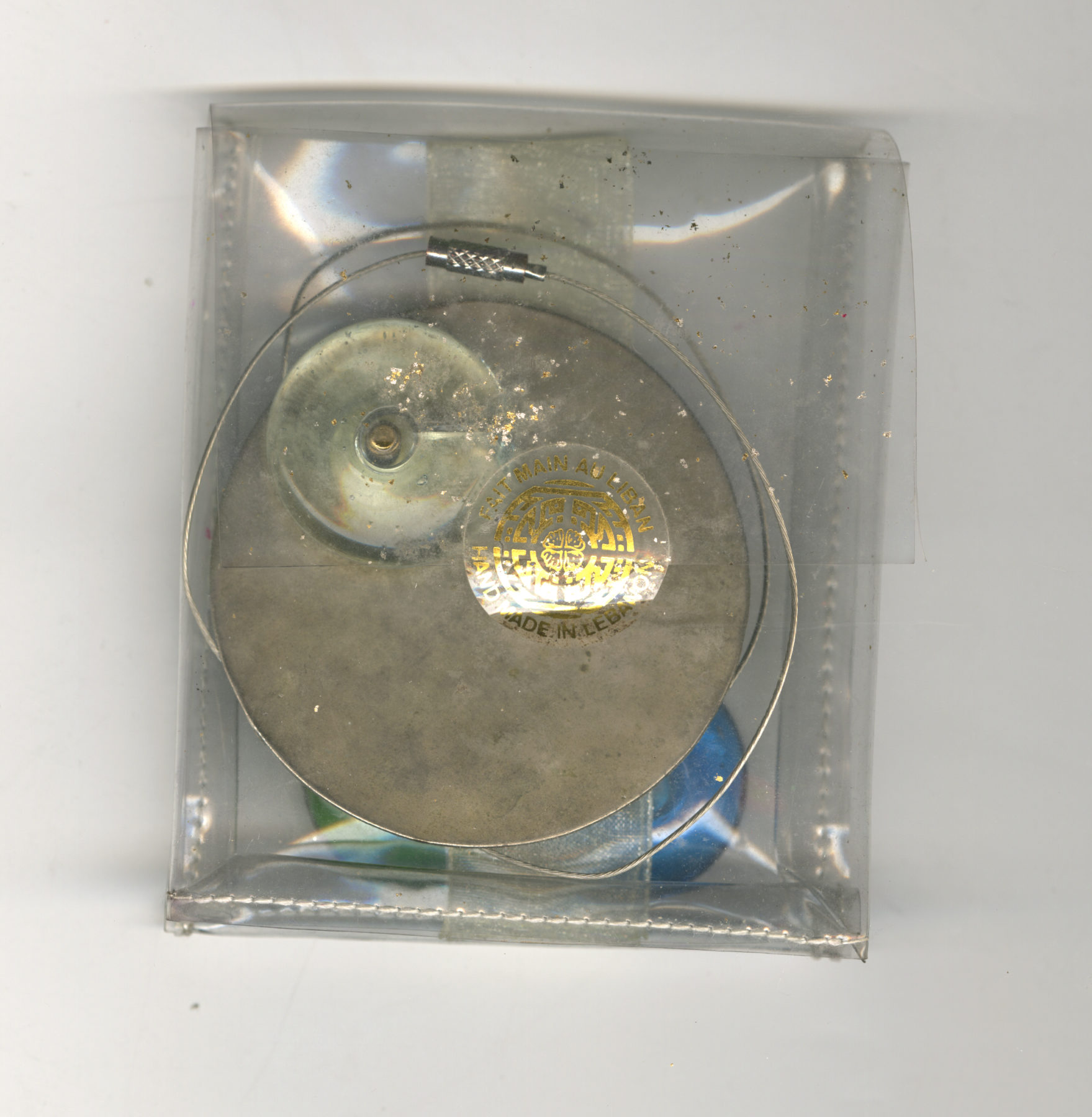
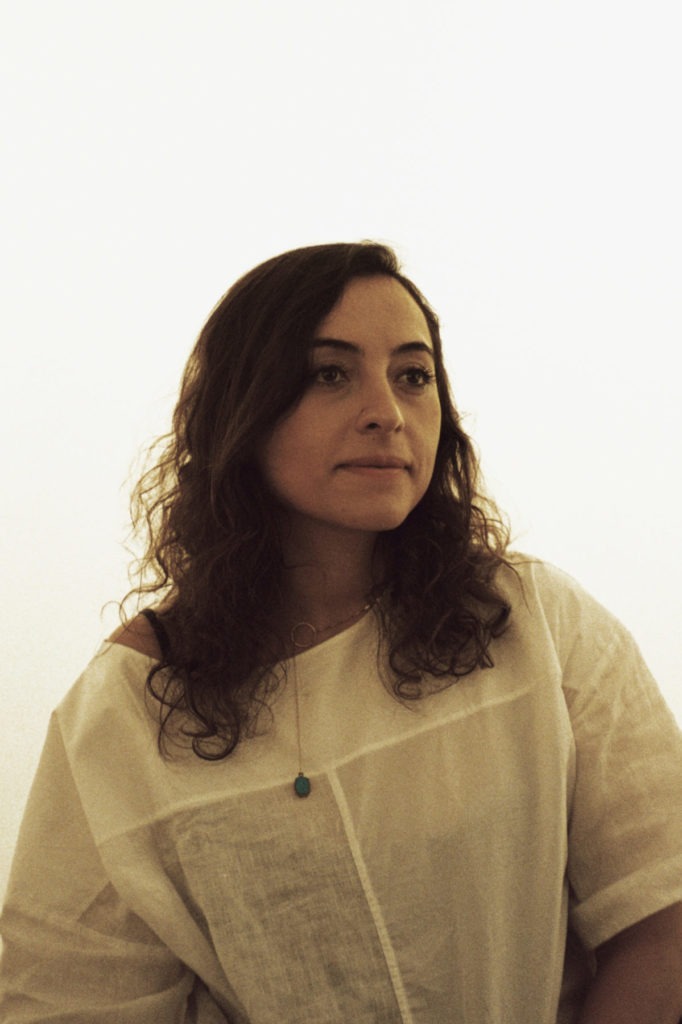
A Handcrafted Necklace
“I am a native of Lebanon, but I have been living here in Doha for eleven years now. After having lived abroad for so long, I am now starting to appreciate the different handicrafts that were very much a part of my upbringing and childhood in Beirut.
When it comes to this necklace, although I can’t wear it anymore without the pieces falling off, I have always loved it. It’s creative as you can change the stone in the necklace to a different one from a set of five. You can change them depending on your outfit or your mood. The jewelry I wear is usually quite industrial, so this necklace is also a representation of the kind of jewelry I love. I really admire items where you can see and appreciate the craft and time that has gone into it – it’s my experience and my reminder of Beirut.
When I was attending graduate school in the US, I would always take small craft items from Beirut back to my friends as gifts. To me, it was almost like giving away and sharing a part of my home with those I cared for.” – Sara Shaaban

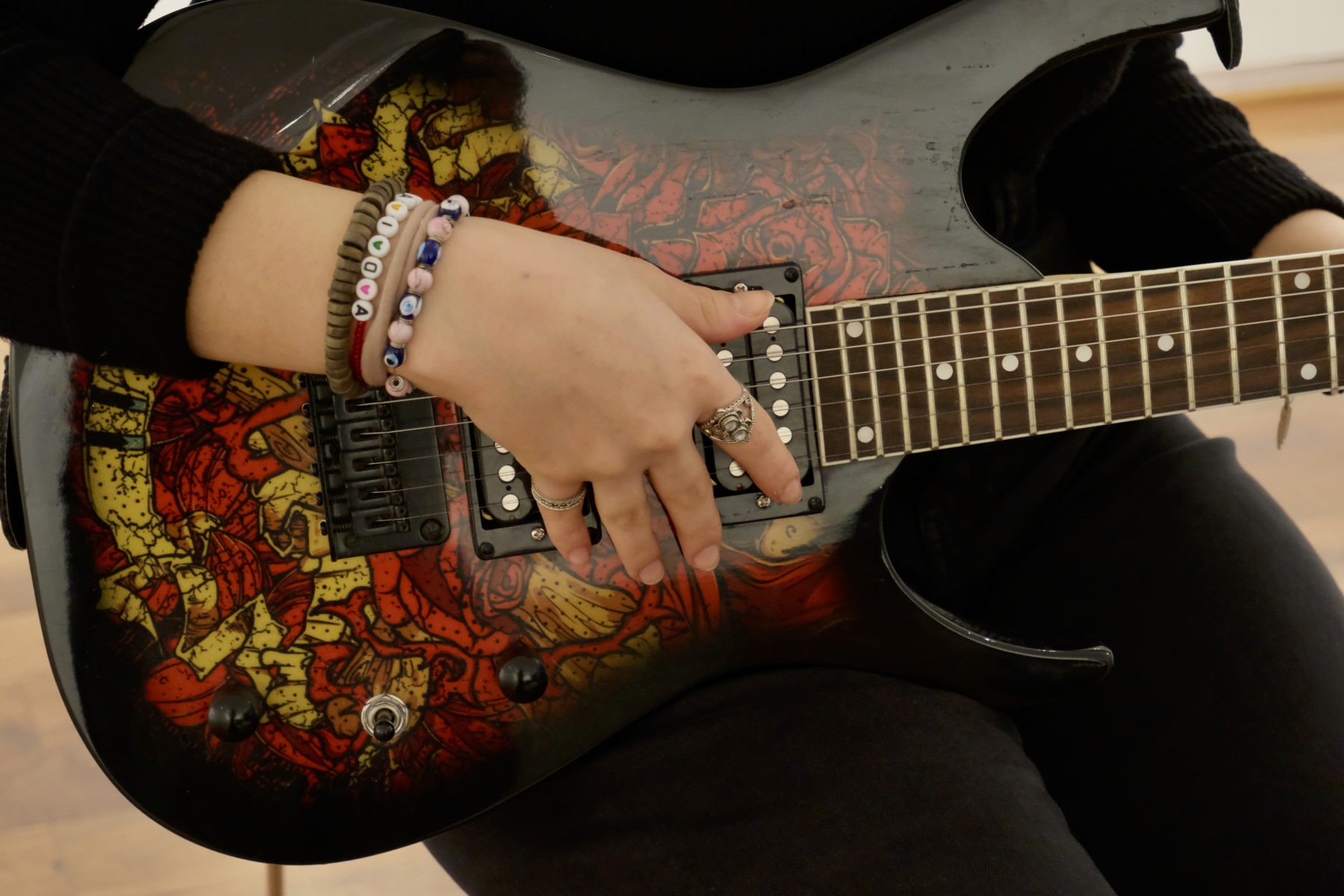
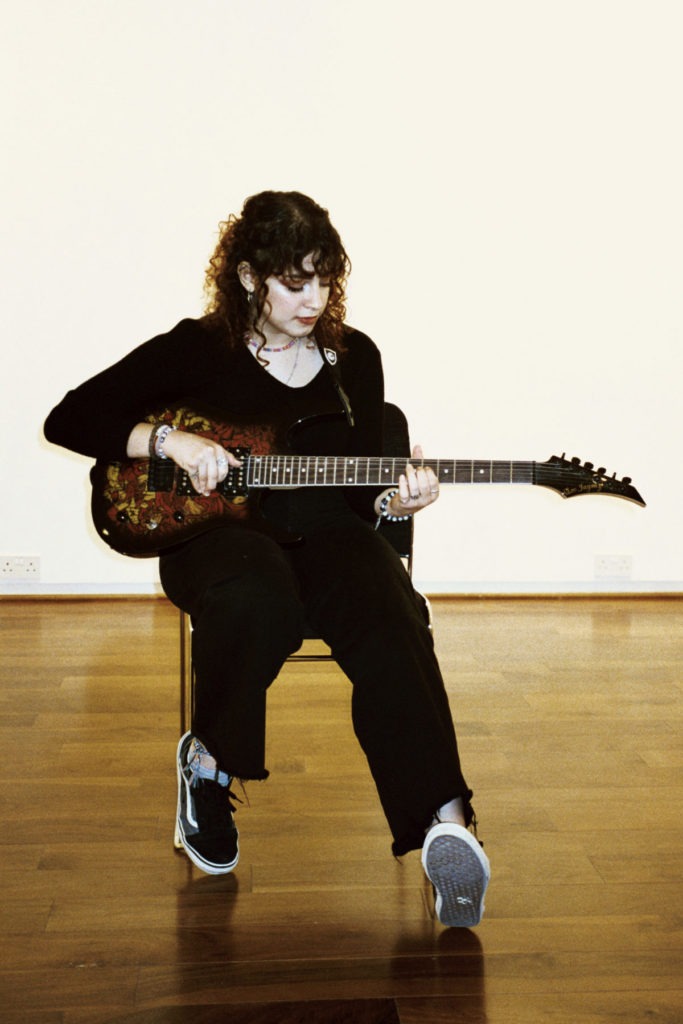
The First Guitar
“Home, to me, is my guitar. Not only my guitar, but also my other instruments, such as my Oud and Piano. But this guitar specifically, was my first guitar, and so it holds a big place in my heart. Whenever I come home from a busy day, I feel like I’ve achieved nothing if I haven’t had a chance to play it. When I have a lot of assignments due, my guitar is always sitting in the corner and dusty… it gives me a sense of sadness as if I have abandoned it, as if it’s waiting for me. So home, to me, is not necessarily a place or a person, but more abstract than that. It’s my love for playing my guitar.
Most of the music I listen to has an electric guitar and when I listen to a song and I hear the guitar solo, I remember mine and it makes me miss it. It’s a very sentimental thing to me.” – Ghaida Abdulhalil
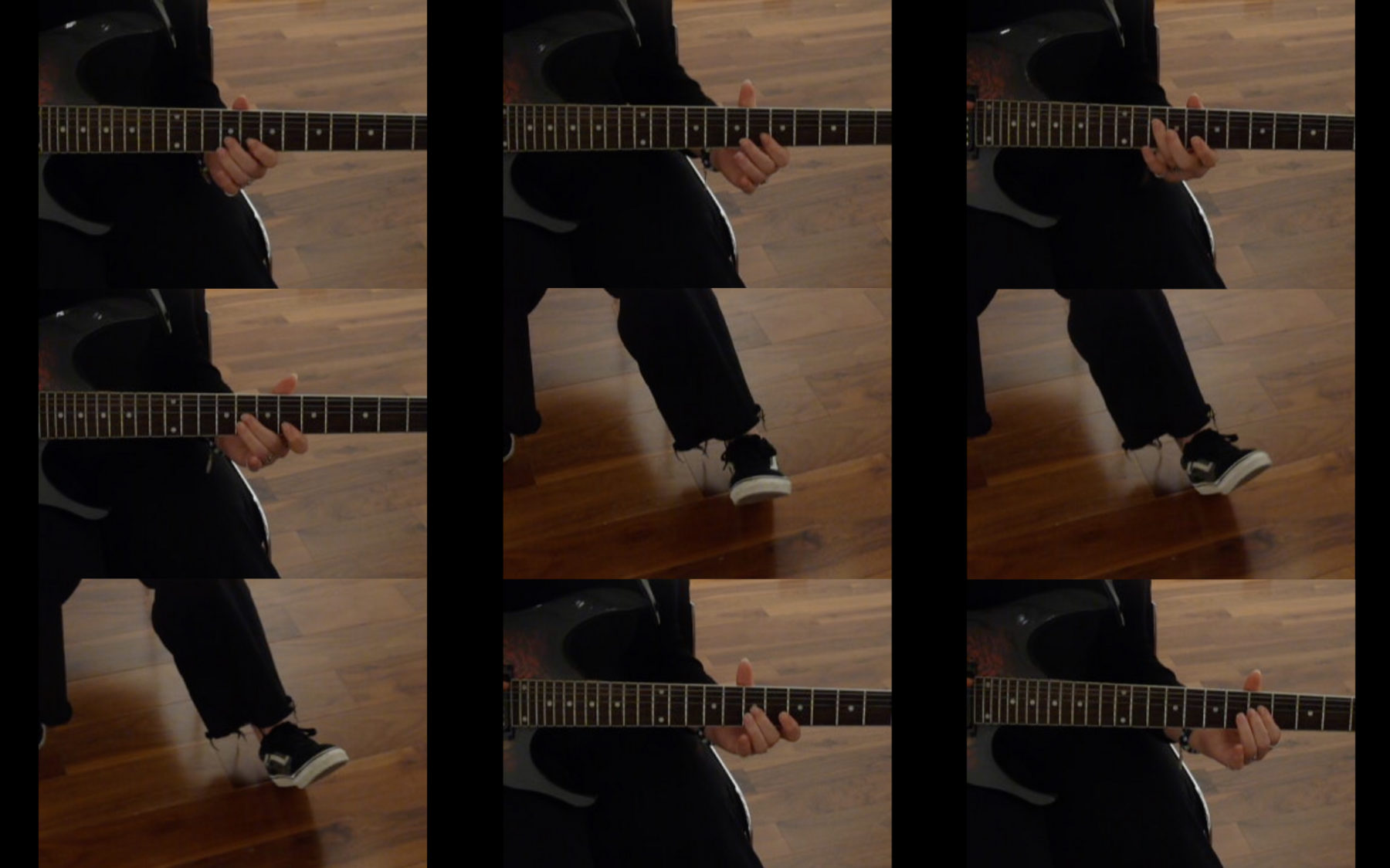
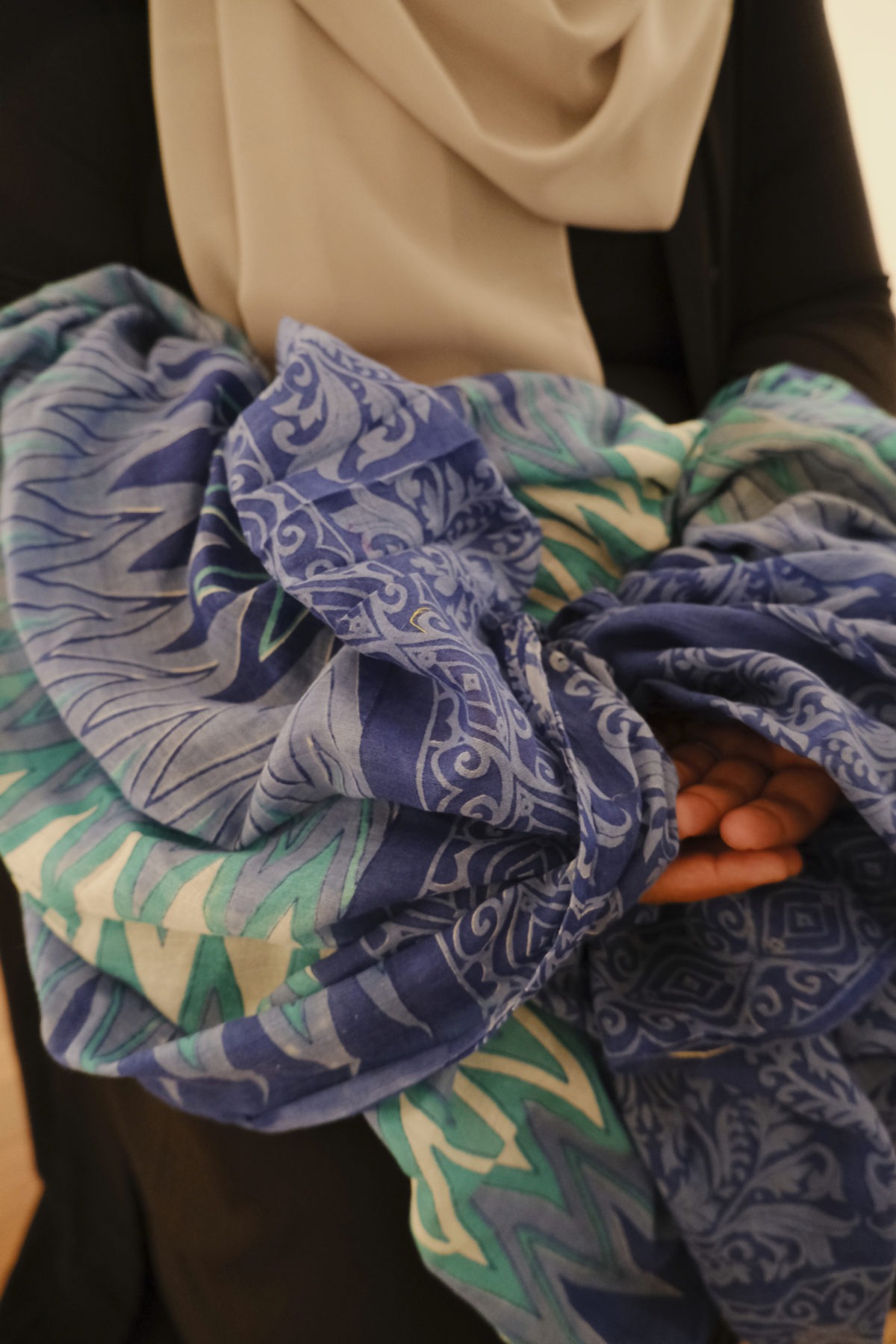
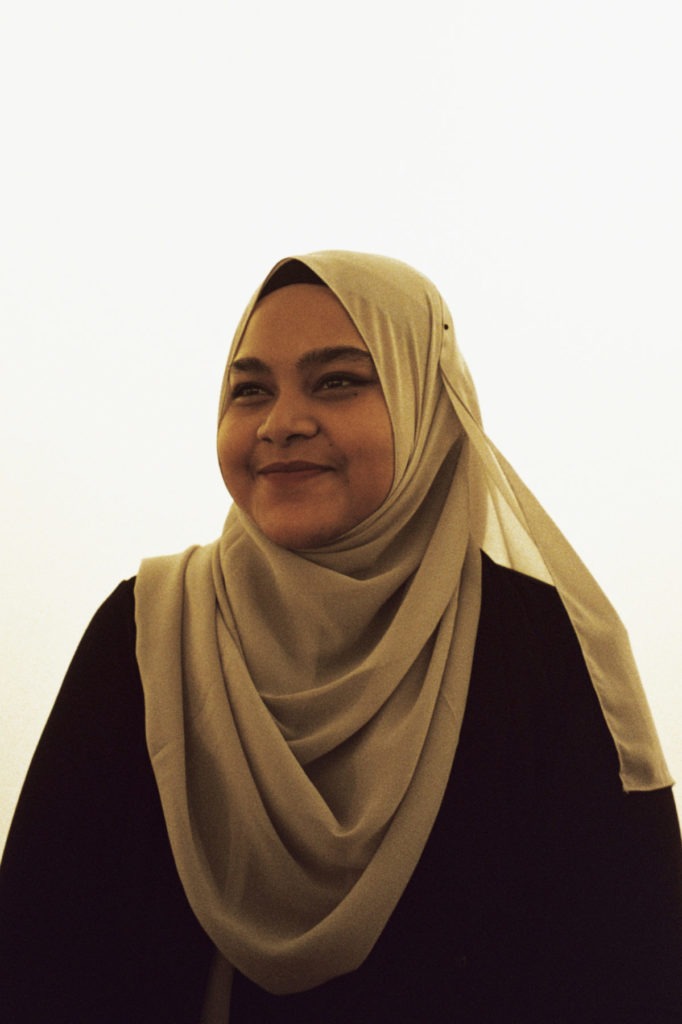
The Mother’s Dupatta
“The first and the only thing I can think of when I think ‘What is home to me’ is this particular piece of fabric. As an interior designer, in the past, ‘home’ used to mean houses and buildings, but that really shifted when I realized it was all about the people. For me, my home was my mother.
This was my mother’s dupatta, also known as a shawl. As a fabric, it is not very significant. But this was the one my mother wore while she was in palliative care for about 10 months on and off. A dupatta is what we use to cover our hair, my mother used to cover hers with this one. So this is the very last fabric or the very last piece of garment that she wore. She always insisted that she remained modest, no matter her health. So whenever we had people come to visit her in the hospital, we would help her put this on. This is only a materialistic connection to home for me, because she is the person whom I considered my home. My family probably associates other items to her, but for me, this is the piece that I associate the most with her.
This dupatta used to smell of her and it had her touch, it was the closest physical thing attached to her. For me, it is a comfort piece that I carry around with me in my house now that reminds me of a place that I could call home, that brings me memories of home. It brings me comfort and makes my house also feel more like home.” – Asma Al Hosna
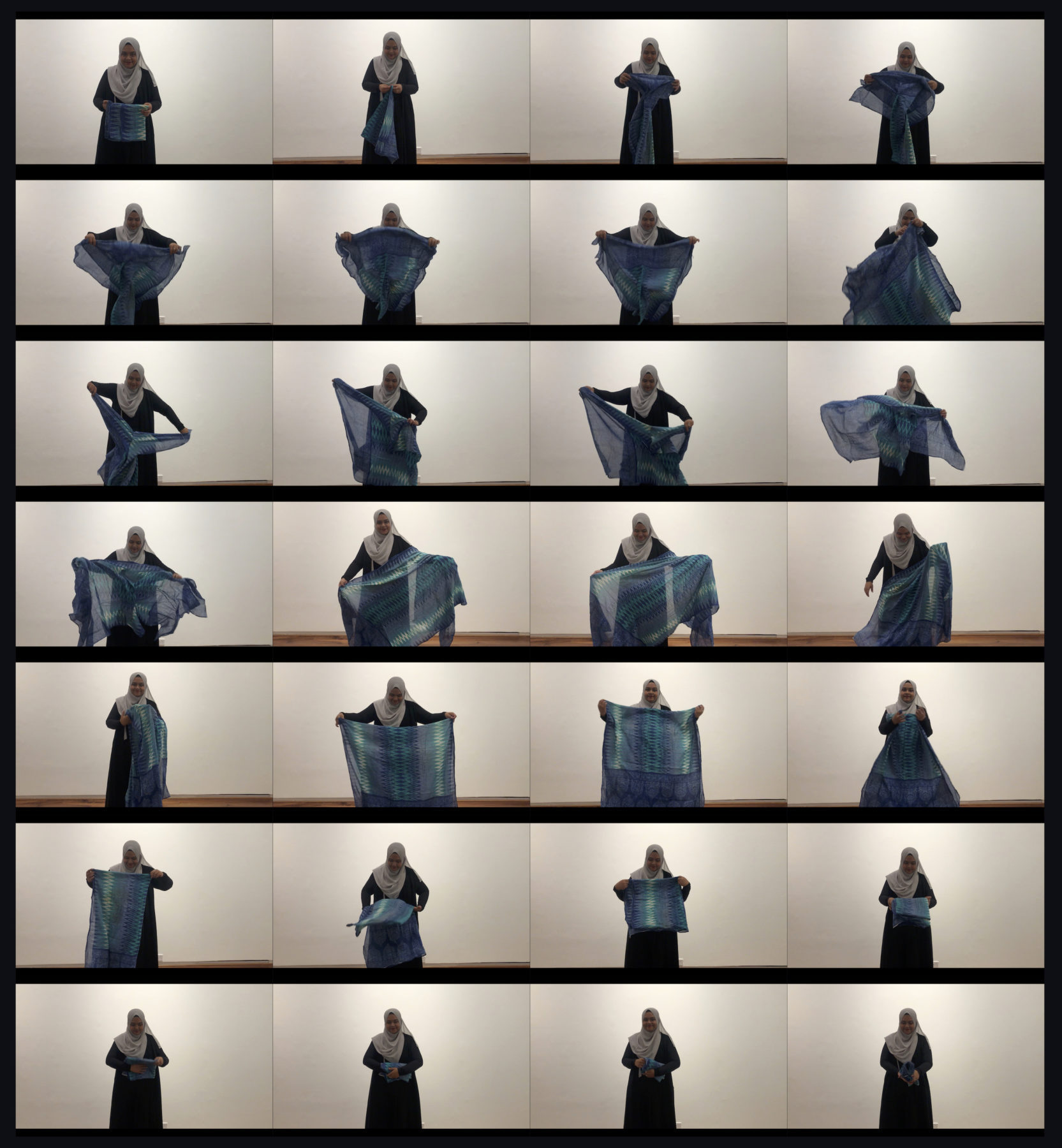
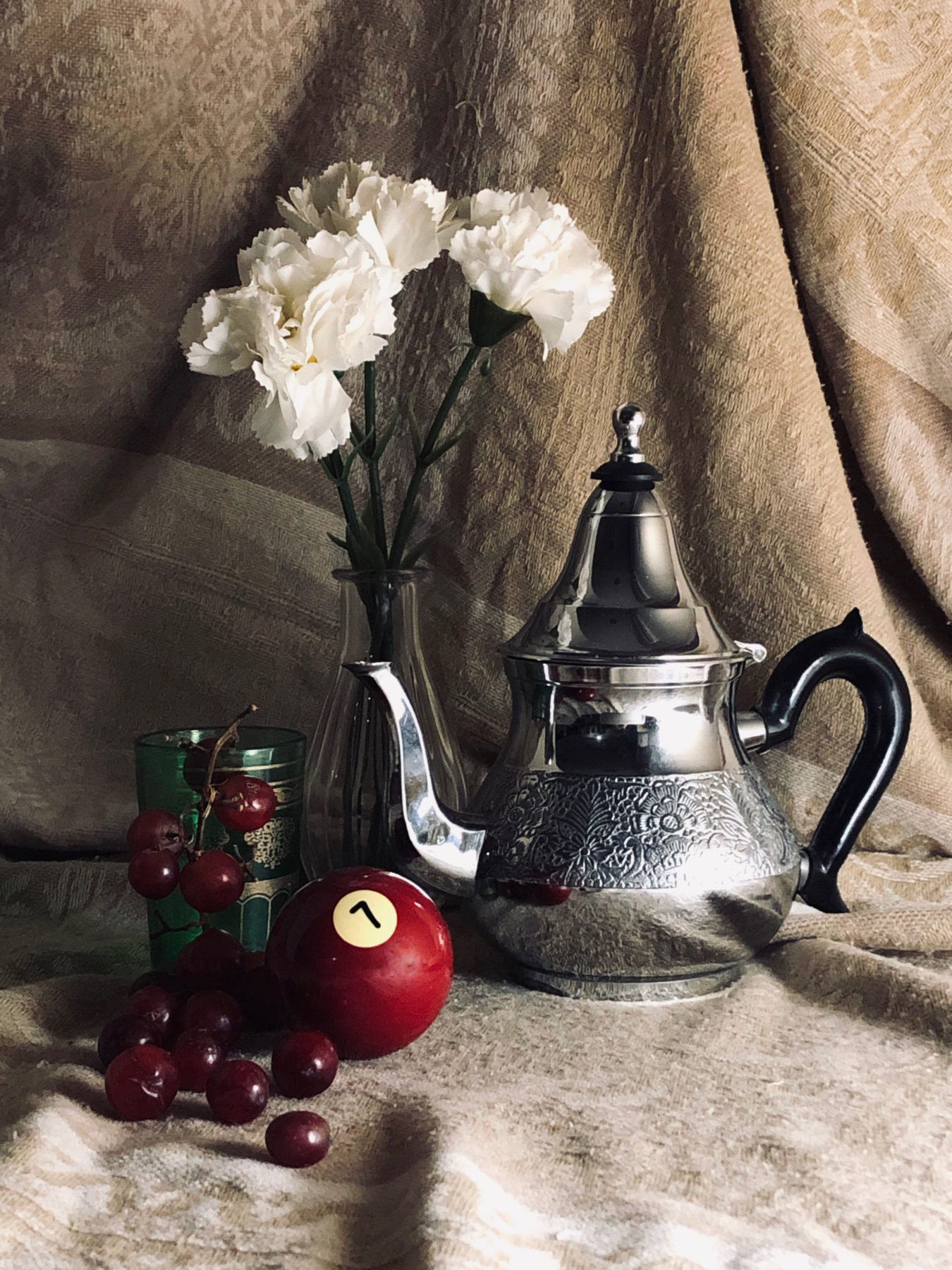
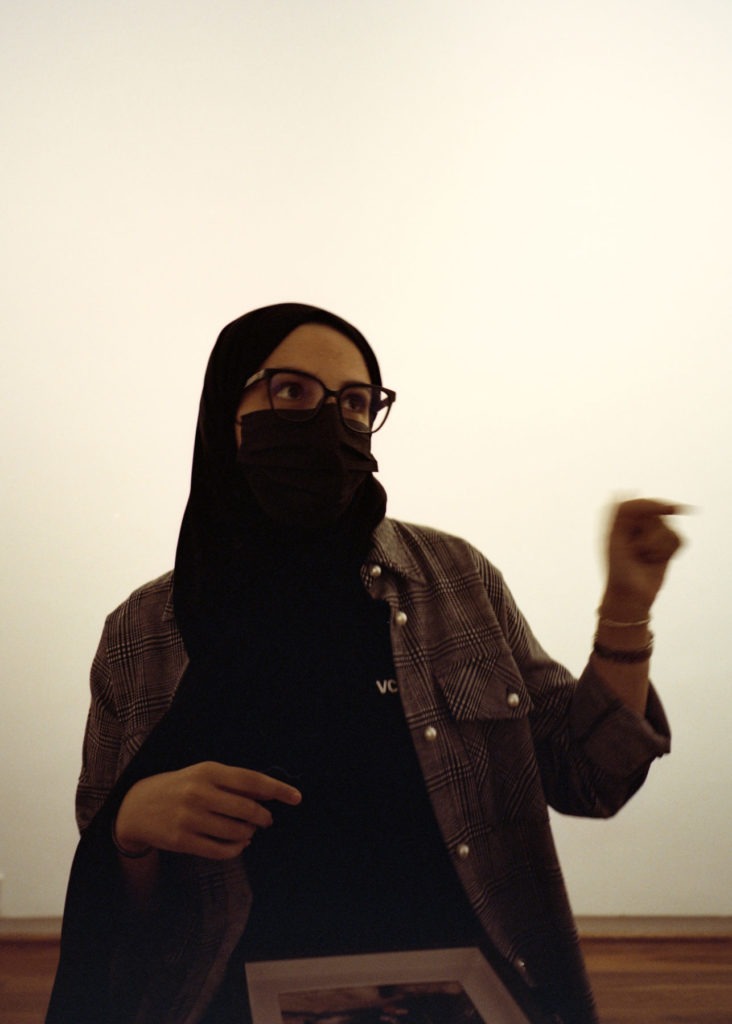
A Still Life Photograph from Lybia
“The meaning of home to me is a collection of memories from my childhood in Libya. As Libya is a country that’s been undergoing a civil war for a decade now, visiting my home wasn’t possible most of the time. I haven’t been there in 7 years. All the pieces in this photograph are therefore a part of my ‘home’, my homeland, where I come from.
In North Africa we are known for our tea, maybe you would know Moroccan tea, but Libya also has a similar type of tea. This is what the teapot and teacup represent in my photograph. As a child in my grandparents’ house, we used to sit outside and drink tea often. My grandmother had teacups, colorful ones, tinted glass. As a child I didn’t drink tea, so I would ask my grandmother to pour water in the teacup. Since it was tinted, you couldn’t see the color of the liquid inside. I used to act as if I was drinking tea around my cousins so I could feel like a grown-up, but they all knew it was water.
The flowers also represent my grandparents’ backyard, as it was full of flowers.
The grapes represent the house my parents and I lived in. We lived in a different town to my grandparents. Because of the climate we had a lot of trees – grape vines and lemon trees. We had a pergola of red grapes, with the grapes climbing all across the walls. I was little, so I could never reach the grapes. I used to tell my dad ,‘I will grow up one day and be able to reach the grapes on my own.’
The background of the photograph is a blanket. One evening we were leaving my grandparents house. It was December and I was 2 or 3 years old. It was cold at night, so my grandmother wrapped me in a blanket to keep me warm for the ride home. My mom went to return the blanket to my grandmother, but she told her to keep it for me, and to tell me, when I grew up, a story about how Omar al-Mukhṭār used this blanket when he slept at my grandparents’ house.
Finally, we have a billiard ball. This reminds me of my mother’s parents, who had a large billiard table in the middle of the living room. We were 4 granddaughters and 20 grandsons. The boys wouldn’t allow us to play with the billiard table because they always wanted to play.” – Israa Mahjoub
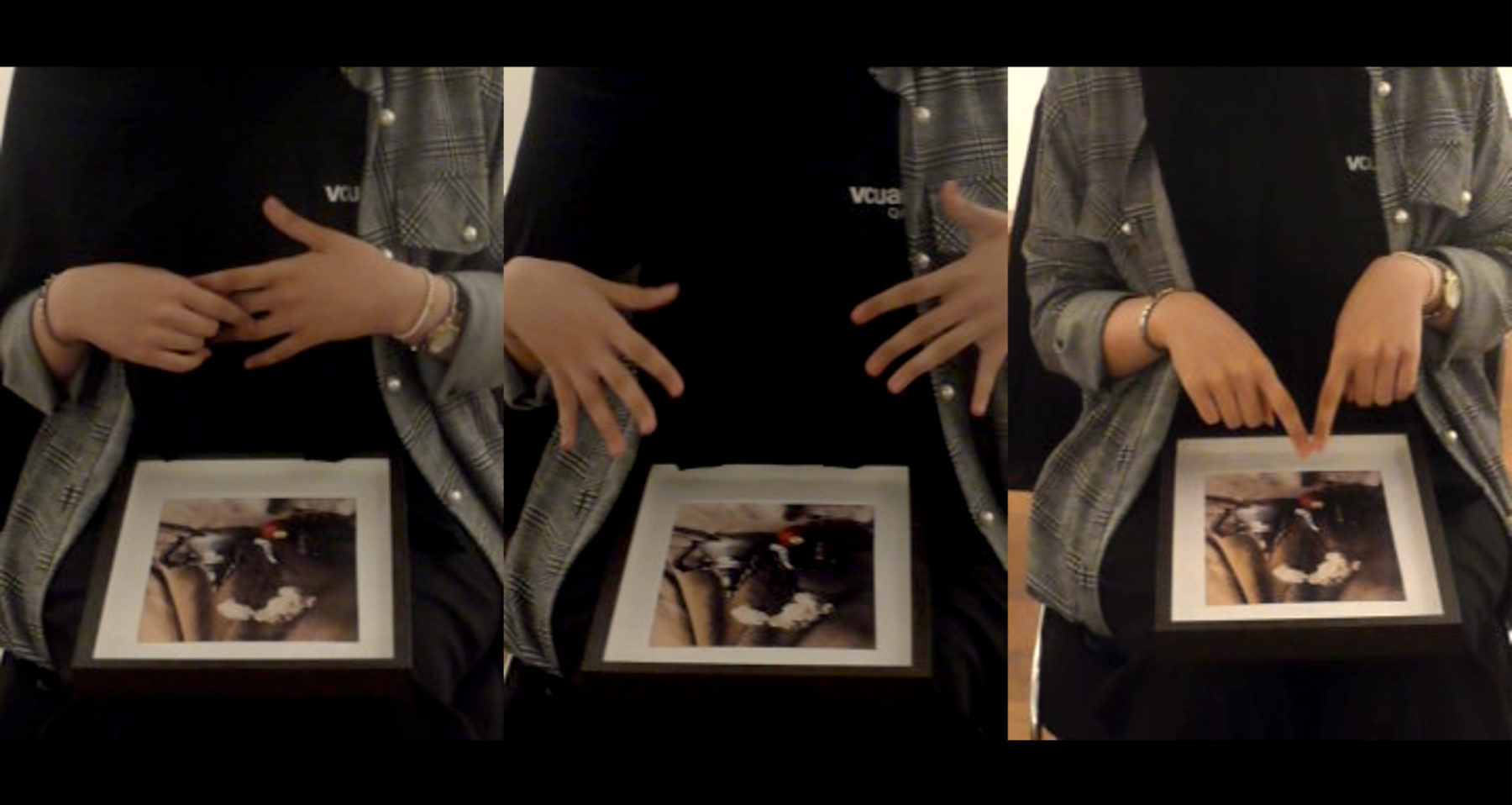

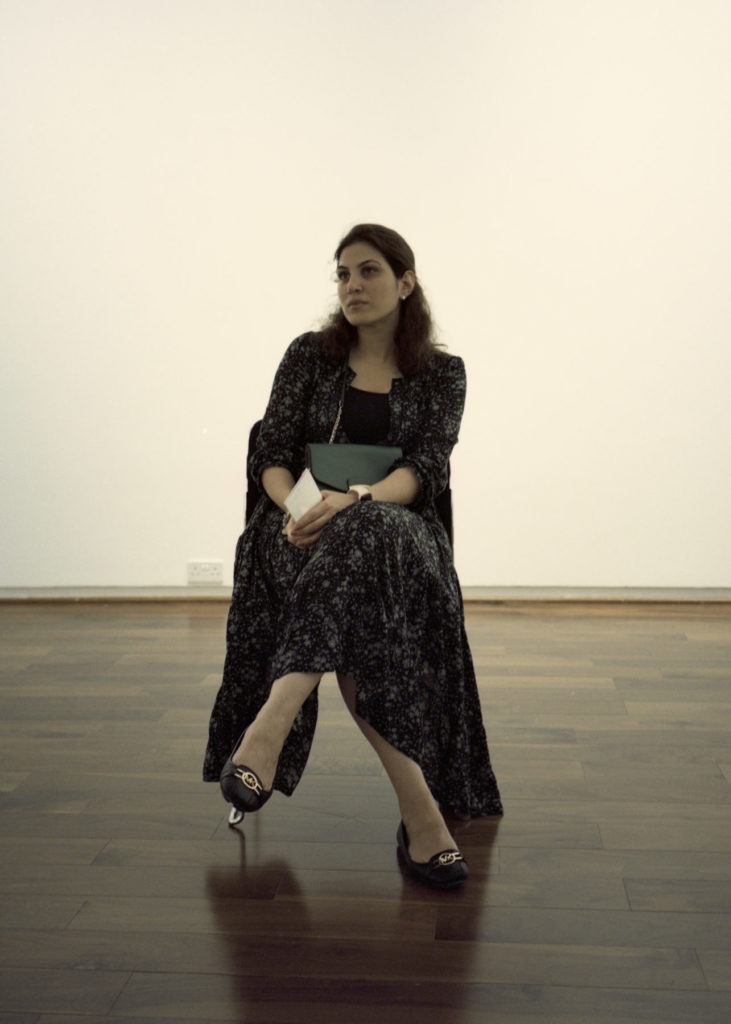
Photographs of a Beloved Grandfather
“I picked three photos of my grandfather, based on the time I remember him the most. These photos are from when I was born and used to live with him, until I was about 3 years old.
In two of the photos, my grandfather is in his office. He was the Public Relations Director at the Municipality of Damascus for 40 years. I am now the Marketing Communications Coordinator at VCUarts Qatar, so there is a connection in what we do and how we think. There are a lot of things that I have learnt from him, that I take with me and a lot of words that he told me that resonate with me, that I use in my everyday life.
He was a very spiritual man. He had the ability to attract such positive energy to him, it was amazing to be in his presence. His presence felt like home to me. I felt like ‘home’ has come. If he wasn’t in the house, the house never felt the same. Every time I go to a country that he has been to, it immediately becomes a place that I can relate to personally, a place where my grandfather had explored.
The last time I saw him was two months before he passed away, I took my kids to see him. He was quite ill at this point, and I remember dreading the visit to his house. There was something about the house that did not feel the same. You could feel that his spirit was declining.
Every time I remember him I feel better, and I feel like things will be okay. Wherever he is, I am. I always have him in my dreams. I know he is with me and he keeps an eye on me. Even though he is no longer here, he feels like home. The feelings that you get when you go home, those feelings of safety, of gratitude, of love and affection – these are the feelings I always feel when I see a picture of him, when I hear a story about him, when I hear his voice in videos.
So, these pictures specifically, which remind me of my childhood with him, bring me a lot of comfort and gratitude even in the hardest times, and that’s why he is my home.” – Rasha AlKasab
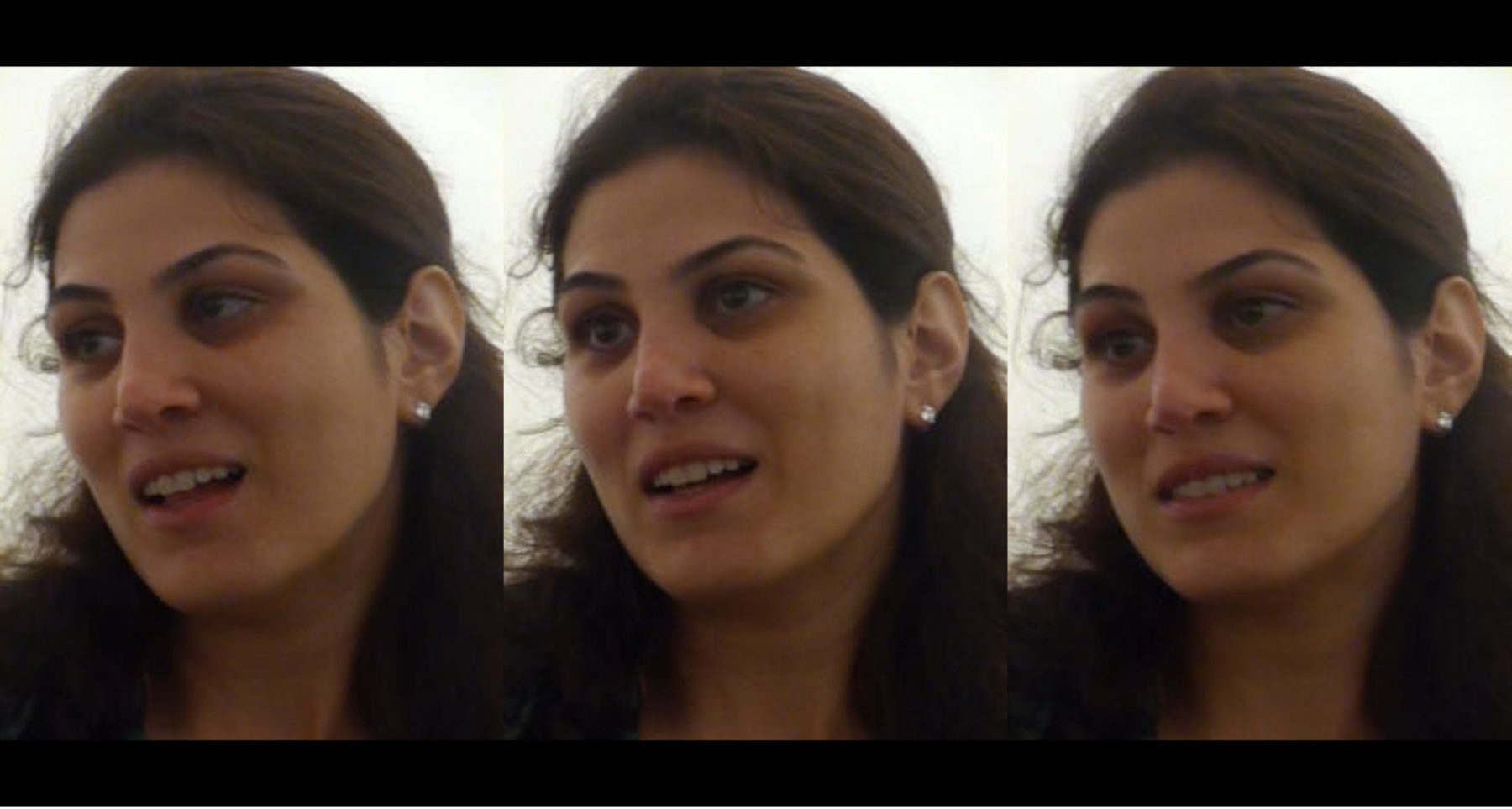
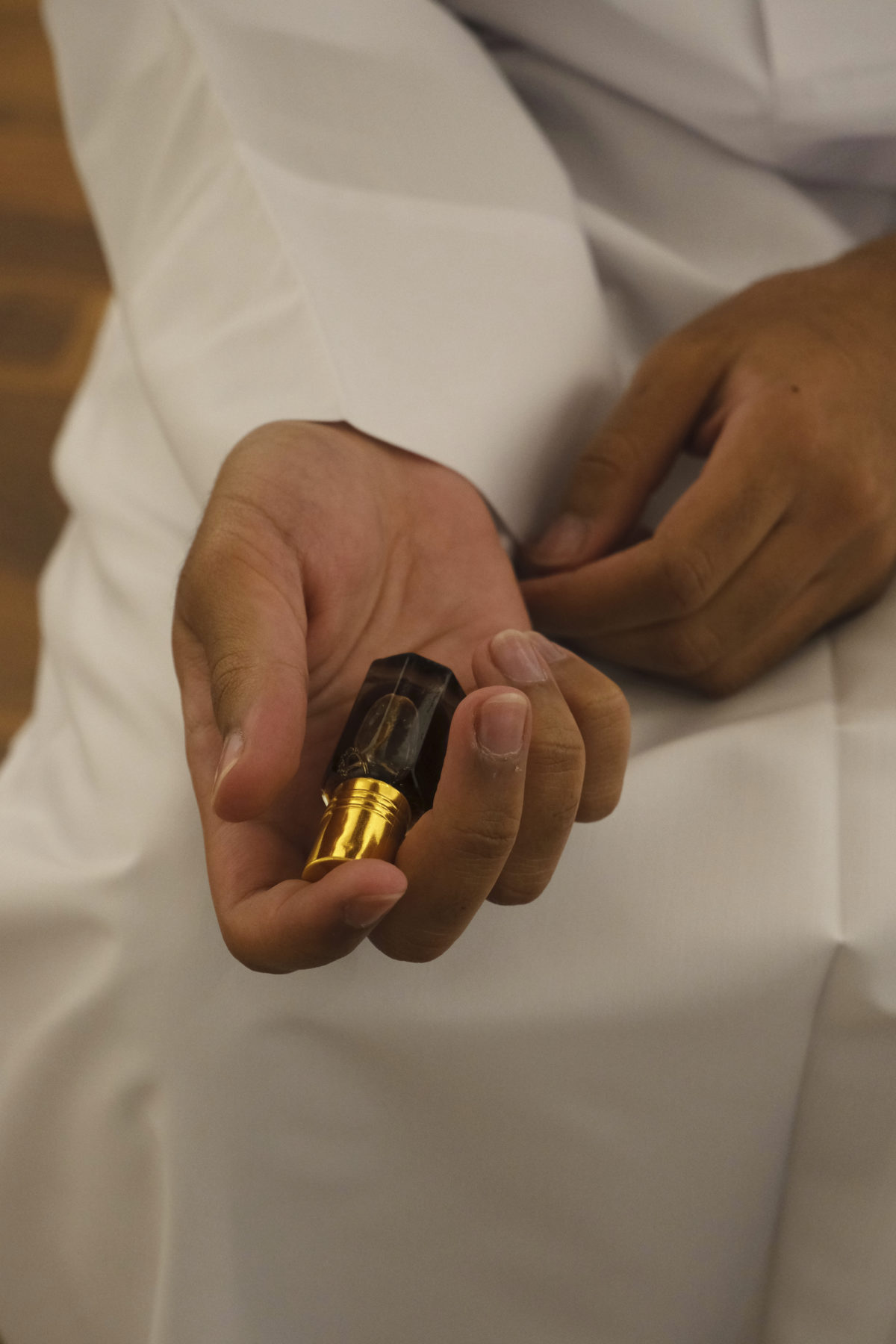
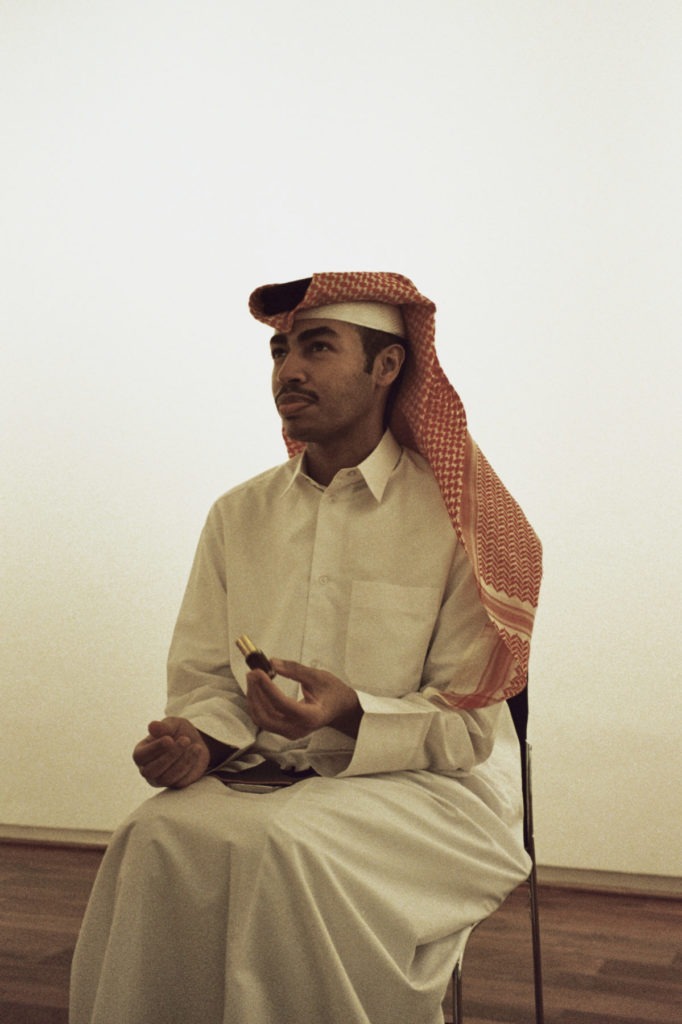
The Scent of Oud
“Oud reminds me of the older generation. It reminds me of my grandfather and my father. It’s a pretty traditional smell as they didn’t have any perfume, so they always smelled of Oud or Bakhoor, either with incense or without.
It’s a smell that strongly reminds me of my Arabic roots. Whenever I am out of Qatar, I carry it with me to remind me of my home. It has a very distinctive smell that you can really concentrate on and notice, even when you’re surrounded by busy streets and cities. When I’m in a strange place and I smell Oud, it brings me a sense of comfort, and a sense of home.
Oud comes in different notes. I love the more earthy, woody and deep notes, like the original ones that they used before. I believe people’s smells also depict their personalities – some like florals, some like deep oud, some like french notes, others like very subtle smells. It is very personal. Those who like subtle smells are usually more quiet, while those who like bold ones are usually more extroverted.
As Arabs, we like really heavy notes as we are heavy and expressive in nature: the way we talk and move our hands, the way our body language is.
In my household, scents are a very important factor in our everyday life. We always have bakhoor burning in the house. I know my parents through their smell and their oud. I know they passed by as I can smell their perfume lingering in the space. It holds in the air for a moment, and keeps their presence there.
I find Oud very nostalgic. It feels very warm. That’s why it is my reminder of home.” – Hassan Al- Shehhi

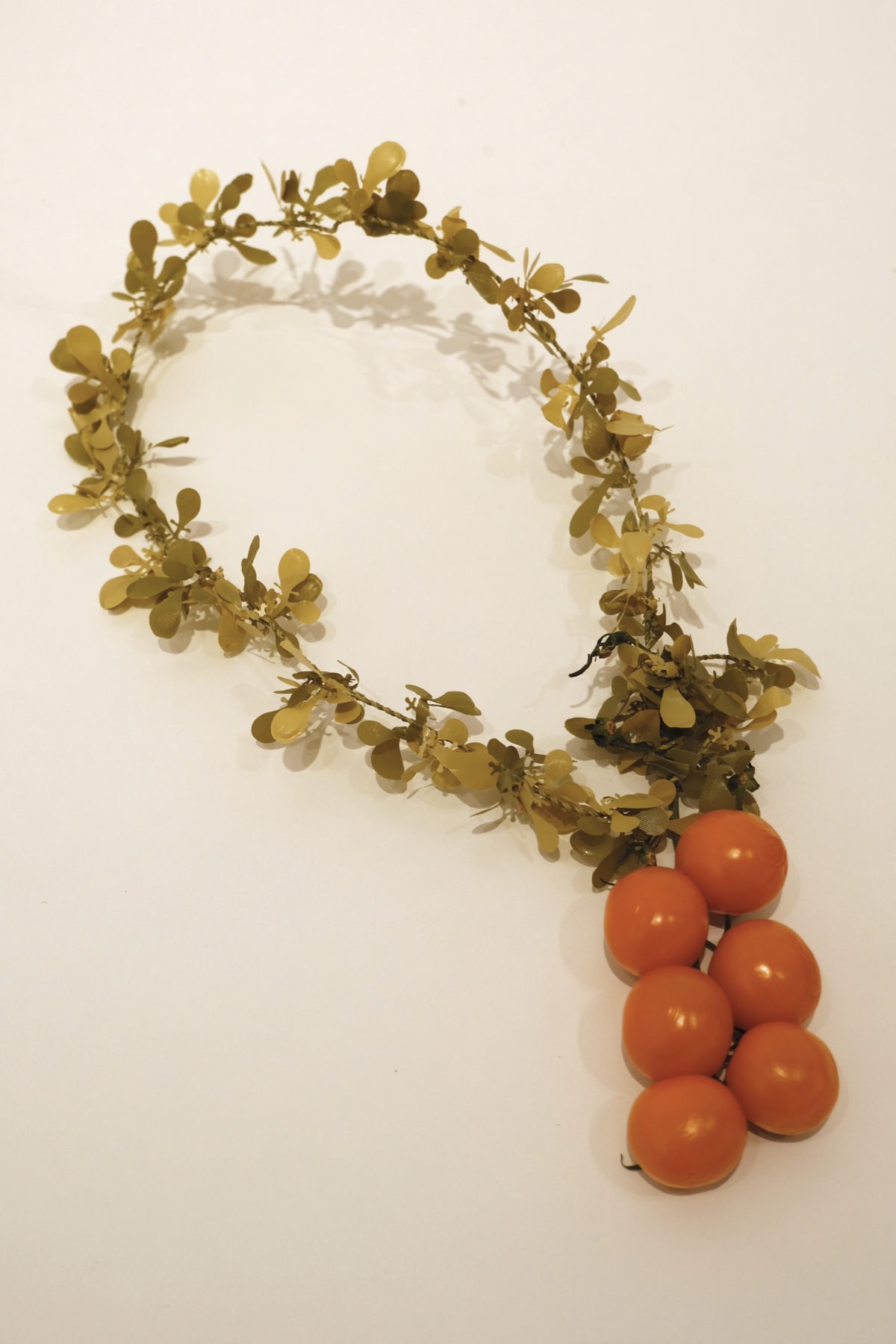
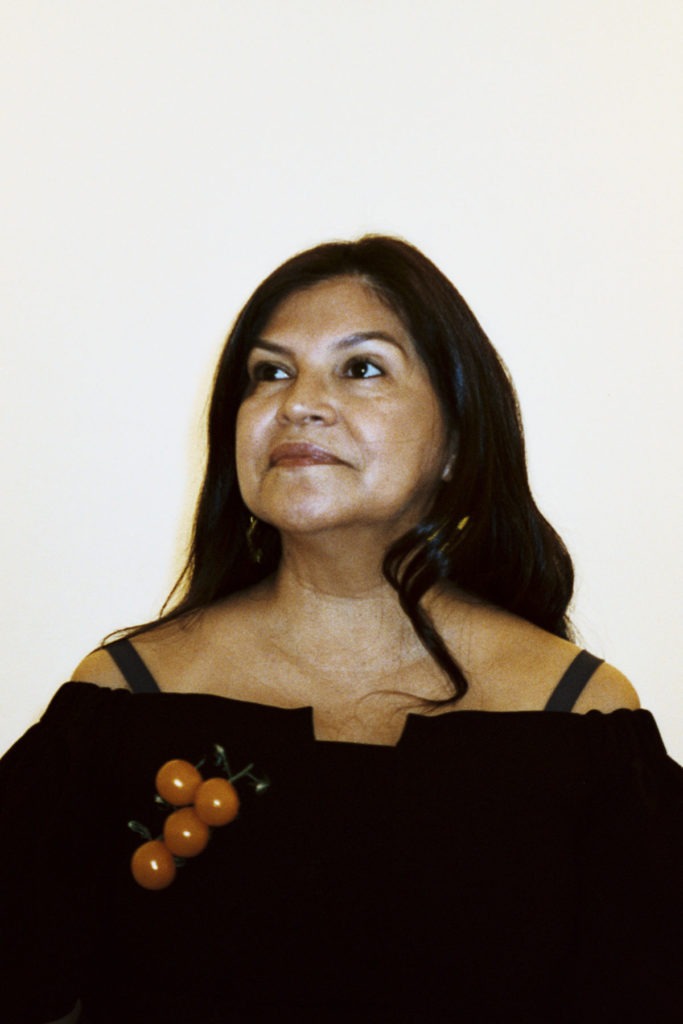
Homemade Jewelry Collection
“I was born to a migrant family that plowed, planted and harvested fruits and vegetables in the USA. I grew up surrounded by tomato fields with my family and cousins until the age of 18. Tomatoes are my connection to family wherever I am in the world.
We were on a farm in Indiana, and I learned how to drive those big John Deer tractors. Tomatoes are very connected to my childhood and my family, and that farm is really where all my memories are with my siblings.
These arrows on the earrings represent a pilgrimage that takes place in Spain. Whatever route you take, there are arrows guiding you in the right direction. It symbolizes that in any direction I go, family is there. They are in my blood and in my heart. I have this faith that anywhere I go in the world, I will come across someone that is family, whether blood-related or not.
This necklace has 6 tomatoes to symbolize my 6 siblings. The coriander in between the tomatoes is a representation of my Latino / Mexican heritage. As we always use coriander in every meal, it represents all the meals we shared and the times we came together. The smell of the cilantro and the coriander reminds me of my moms meals.
The sunflower earrings I am wearing are from a village close to the Mexican city of Wahaca, and they are made from corn. The sunflower seed in Latin America symbolizes happiness, longevity, connection to the earth and loyalty. The people of the village are transferring their skills to women, to give them jobs and recycle the materials of the earth.
I created jewelry as I wanted to find a way to express the beauty of this fruit that I was surrounded by, to show what it means to me. We grew up with lots of different vegetables and fruits, not just tomatoes. We had strawberries in Tennessee, and black cherries in Michigan. I have lots of good memories which are associated with fruits and vegetables. All these elements that we plant in the earth are similar to us. We, as humans, are also part of the earth. The element of planting seeds in the ground, nurturing them and growing them, all ties in and aligns with the concept of family.” – Margarita Zuniga

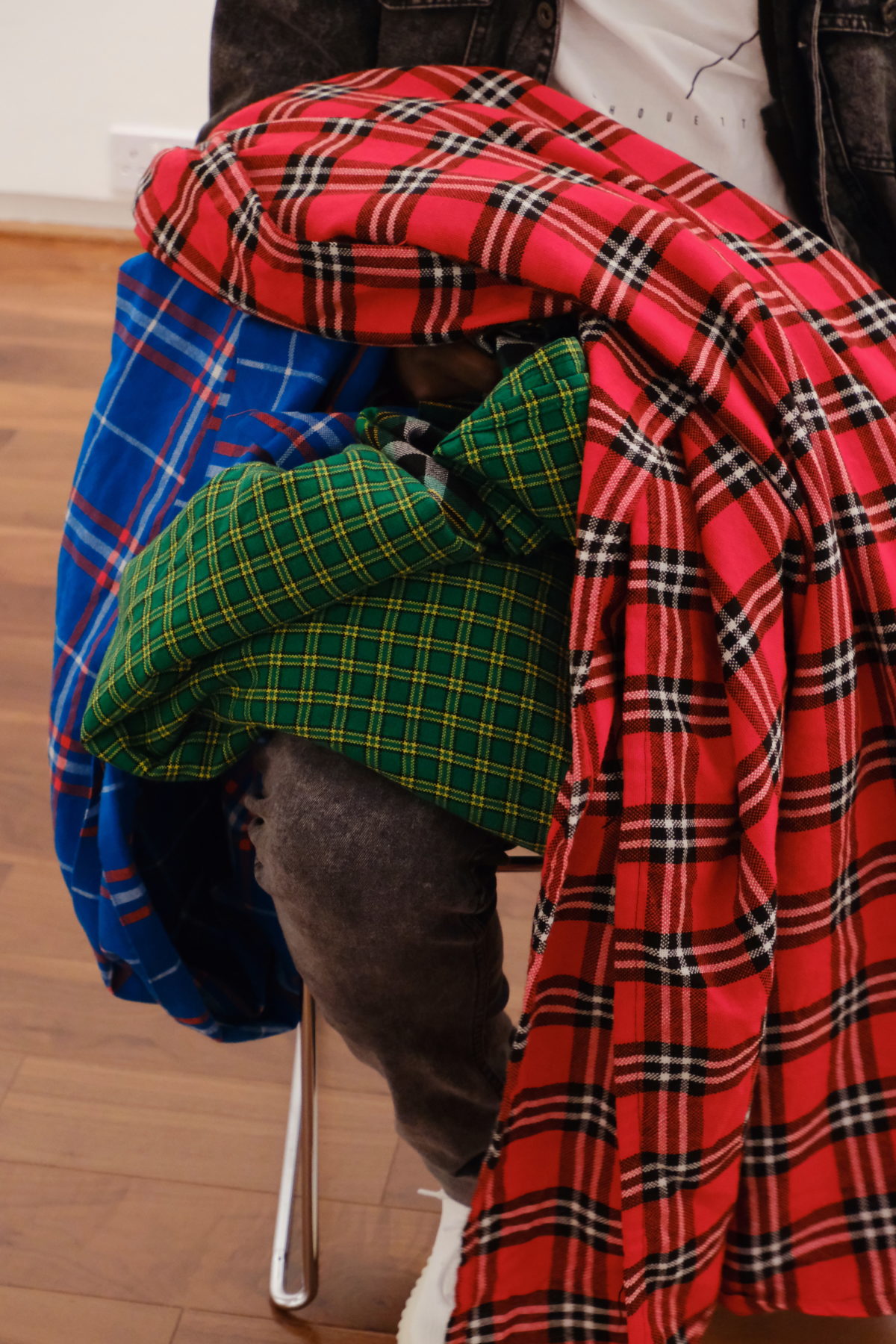
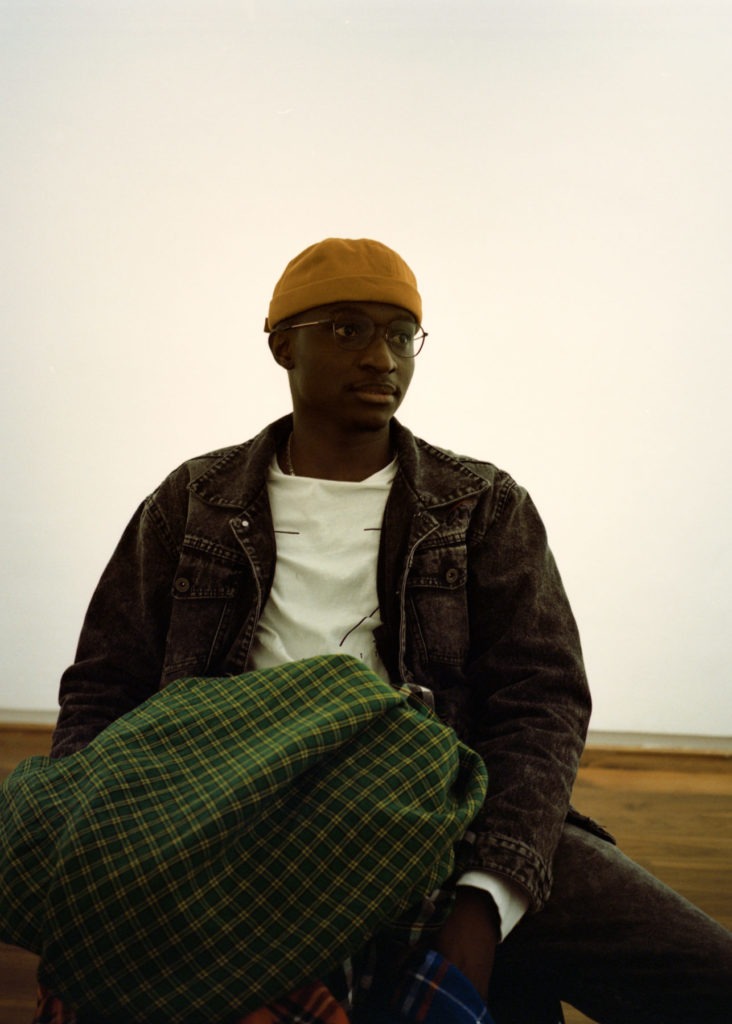
The Maasai Shuka from Kenya
“The Shuka’s come in many different colors, usually very bright colors, but they are all checkered – that’s the signature between them. The original Maasai Shuka is a dark red color, almost the color of blood. My favorite is the red one, while my mother prefers a pink one. The Shuka’s remind me of home because they make me feel good. They remind me of good memories of Kenya, of my family, my history and my culture.” – Erick Kirimi
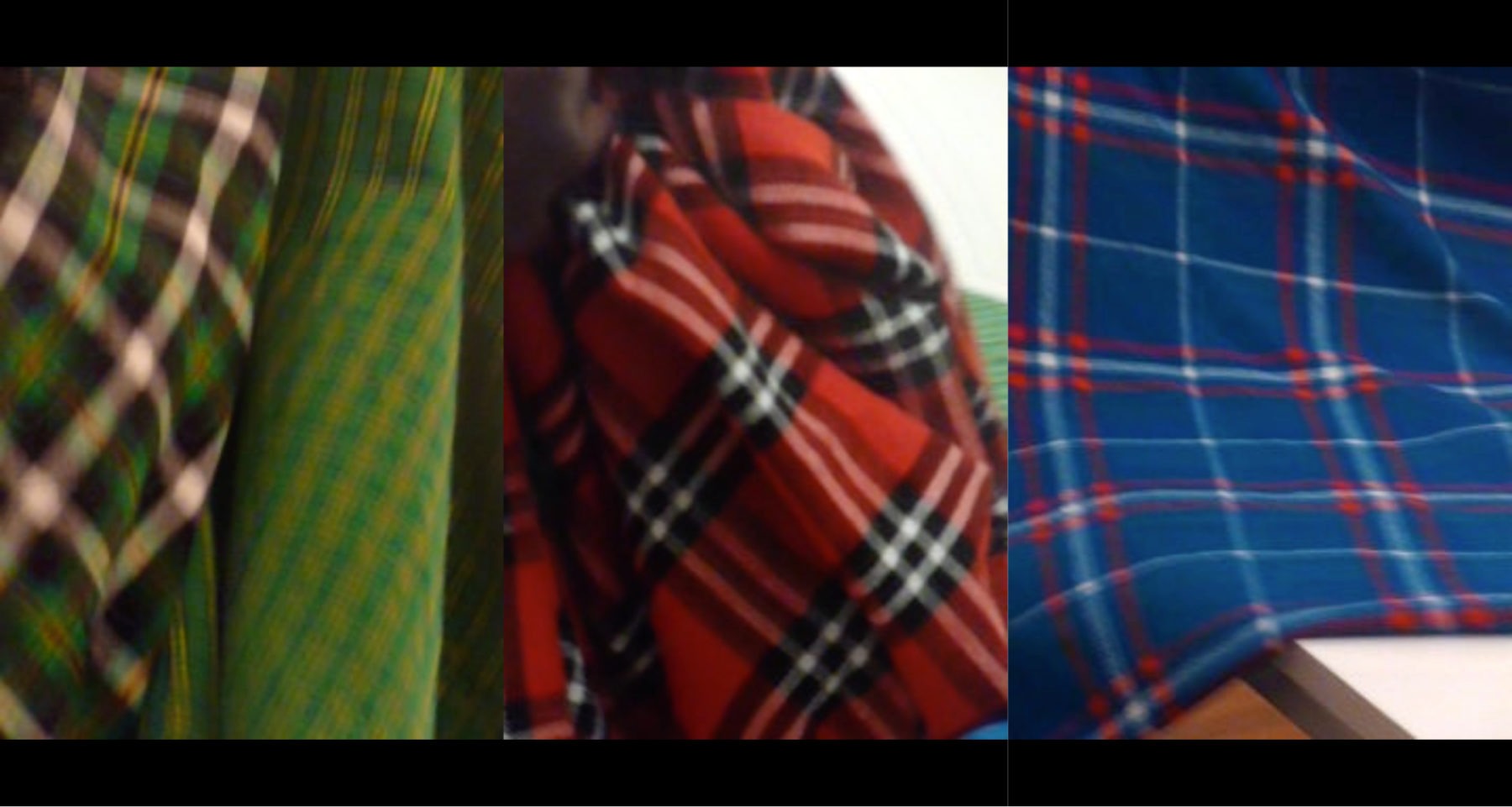
1. Sara Shabaan, Artistic Director
2. Ghaida Abdulhalil, Student
3. Asma Al Hosna, Student Housing, International Education or Student Visas Coordinator
4. Israa Mahjoub, Student
5. Rasha AlKasab, Marketing and Communications Coordinator
6. Hassan Al- Shehhi, Student
7. Margarita Zuniga, Community Relations Coordinator
8. Erick Kirimi, Gallery Tour Guide and Security Guard
Related Topics
Remembering Home
FEB 2022